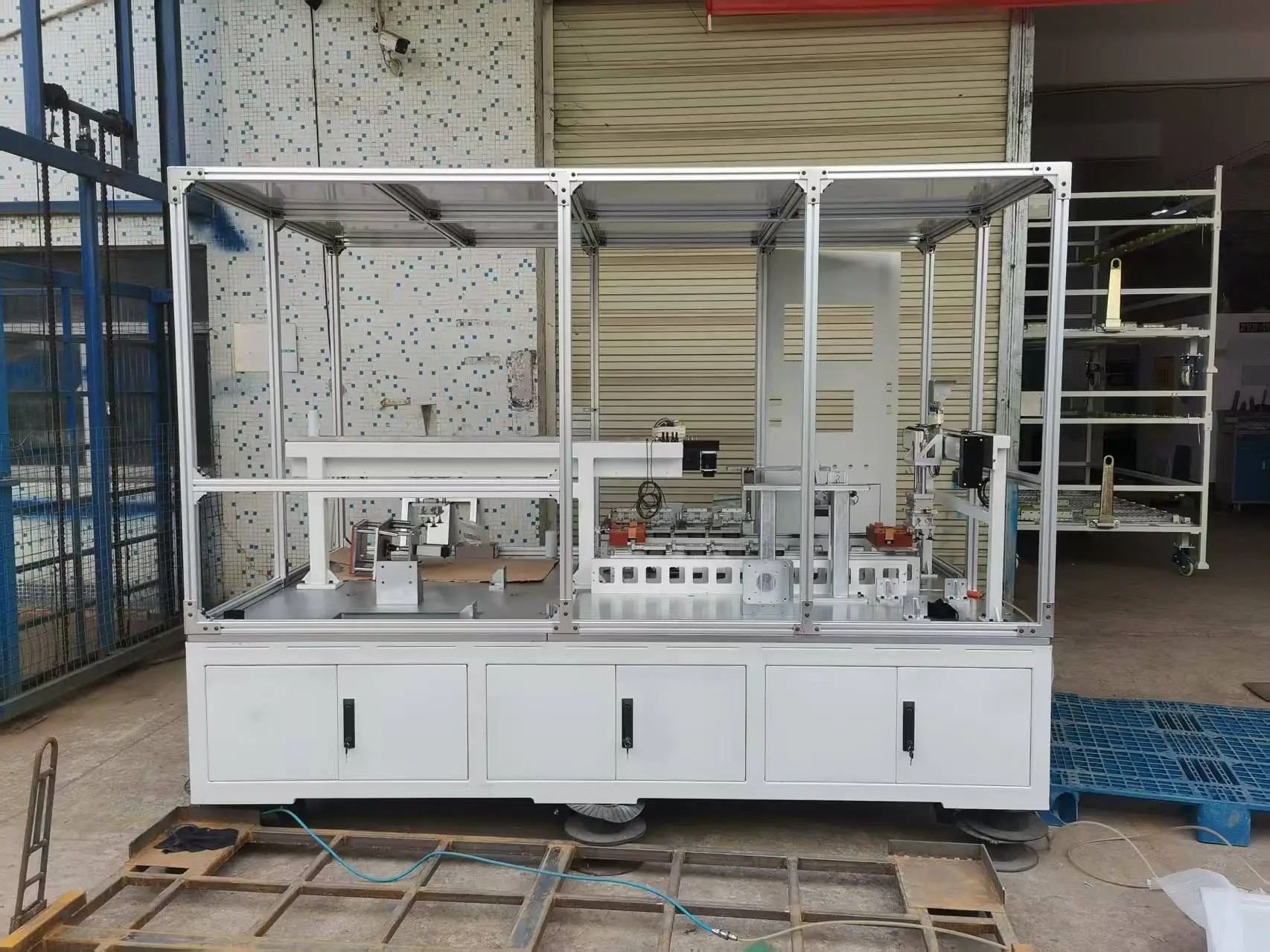Materials and Technologies Forming the Future of Fixtures and Jigs

The manufacturing globe is in consistent flux, progressing with brand-new products and progressed modern technologies that drive effectiveness, precision, and sustainability. For experts in the production sector, especially those associated with fixtures and jigs making, staying up to date with these innovations is crucial. This blog explores just how arising materials and innovations are transforming the manufacturing and application of jigs and components. From advanced products supplying enhanced performance to the combination of smart modern technologies, we'll go over the developments shaping this industry and paths to achieving sustainability.
Discovering Advanced Materials in Fixtures Production
The introduction of sophisticated materials has actually transformed the fixtures producing landscape, using both longevity and modification alternatives. Typically, steels like steel and light weight aluminum were the essentials of components due to their stamina and resilience. Now, high-performance plastics and composite products are getting grip, thanks to their lightweight properties and cost-effectiveness. For precision mechanical parts, materials like carbon fiber composites have come to be essential, supplying unmatched tensile strength and reducing wear and tear. In addition, these materials offer far better resistance to environmental stressors like deterioration or severe temperature levels, making them optimal options for markets varying from automobile to aerospace. Businesses focusing on jigs and components making currently have a lot more options than ever before, enabling them to customize products to the needs of certain jobs and industries.
The Impact of CNC Machining on Jigs Manufacturing
The development of CNC (Computer System Numerical Control) machining has actually dramatically boosted the accuracy and efficiency of jigs manufacturing. Unlike conventional approaches that needed hand-operated treatment, CNC machining permits automated, repeatable procedures to create components with outstanding accuracy. This is particularly crucial in industries where jigs play an essential duty in making sure manufacturing consistency, such as in electronics or heavy machinery. CNC equipments also master collaborating with a variety of products, from steels to specific plastics, enabling for comprehensive personalization. Companies can swiftly adjust their manufacturing lines to fulfill specific client or item requirements, thus decreasing lead times and boosting overall efficiency. With CNC machining, the manufacturing of jigs has relocated from being a labor-intensive process to a sophisticated, structured procedure that boosts scalability for businesses.
Including IoT in Fixtures and Jigs for Smart Manufacturing
The Internet of Points (IoT) is redefining clever manufacturing, including using fixtures and jigs. IoT assimilation permits real-time data collection and monitoring, enabling producers to track efficiency metrics and enhance procedures. For instance, sensors installed in fixtures can monitor stress, positioning, or positioning, providing feedback to operators or straight changing settings to keep accuracy. This degree of wise automation ensures regular quality while minimizing human error. Additionally, IoT-enabled jigs and fixtures can be connected to broader production networks, incorporating perfectly with other advanced devices like robot welding terminals or automated production lines. These abilities are vital for companies seeking to preserve an affordable benefit in fields like automotive or aerospace, where precision and reliability are extremely important.

Sustainable Practices in Accuracy Mechanical Components Construction
Sustainability is coming to be significantly vital throughout all industries, including jigs and components manufacturing. By embracing environment-friendly products like recycled metals and bioplastics, manufacturers are reducing their environmental impact while maintaining top notch manufacturing. Furthermore, energy-efficient production techniques, such as CNC machining with enhanced device paths, add to decrease electrical energy usage and minimal waste. Accuracy mechanical components manufacture additionally takes advantage of advancements like additive manufacturing or 3D printing, which uses much less product and creates virtually no waste. These sustainable practices not just profit the planet yet likewise boost cost efficiency as businesses lower materials wastefulness and power expenditures. For visual inspection striving to align their procedures with worldwide sustainability objectives, taking on sustainable practices in accuracy mechanical parts construction is no longer optional however vital.
The combination of advanced products, CNC machining, IoT innovations, and lasting techniques is improving the landscape of components and jigs making. Companies that adapt to these innovations can much better meet developing sector needs, boost functional effectiveness, and maintain an one-upmanship. At best human hair wigs websites , these innovations empower services to contribute to wider sustainability objectives, making certain a favorable effect on both the industry and the environment. For organizations seeking to raise their manufacturing capacities, staying notified regarding new materials and technologies is critical. If you prepare to execute these technologies in your procedures, check out the innovative remedies. Discover just how our experience in jigs and components making can drive your success.
